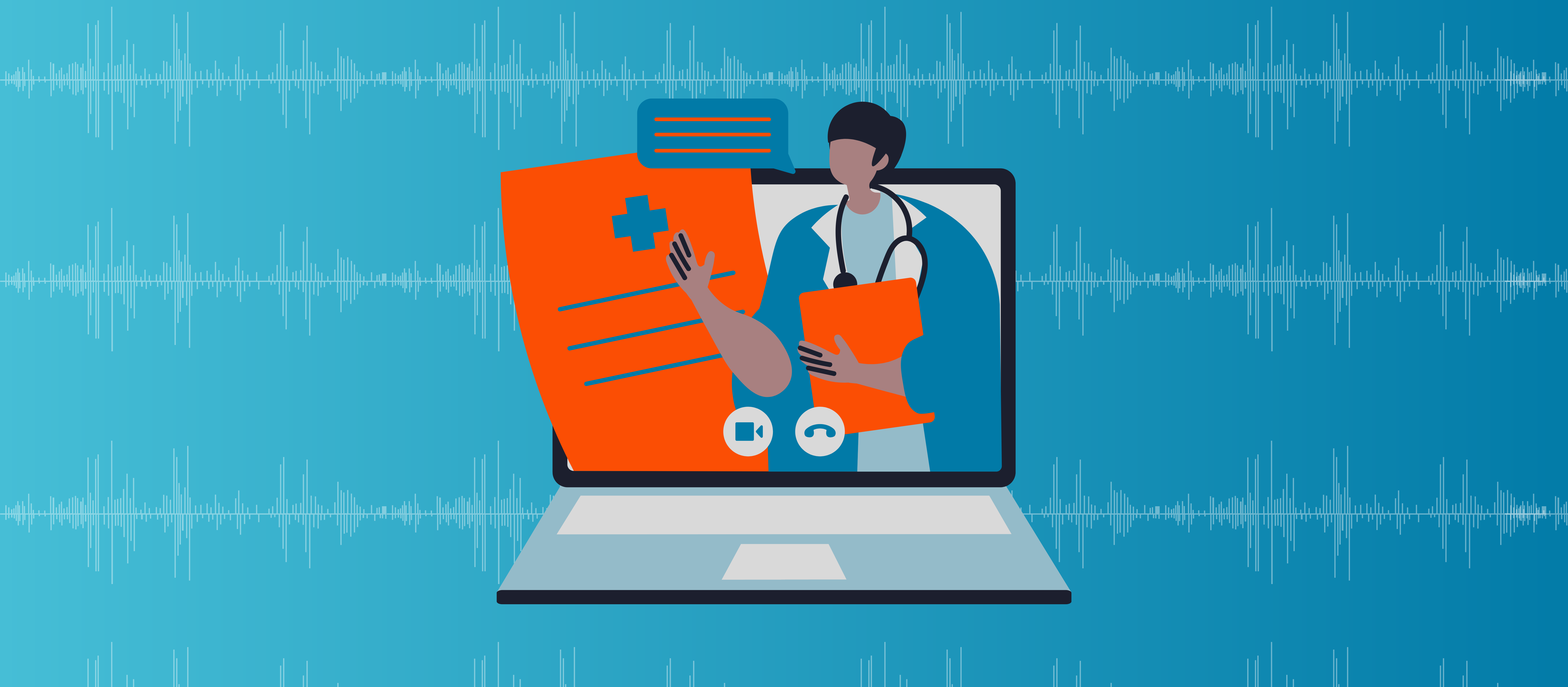
Drug use in France following teleconsultation: A Repeated Cross-sectional Study Using the National Health Data System
Background
Telemedicine was developed as part of experiments in pilot regions from 1 January 2014 and for a period of four years, as set out in the Social Security Financing Act no. 2013-1203 of 23 December 2013, art.36. The acts of teleconsultation were incorporated into the common law of reimbursement to the Health Insurance by decree of 1 August 2018 with an opening to all patients on 15 September 2018.
Following the opening of teleconsultation to the entire French population, 153,609 teleconsultations were billed in 2019. The COVID-19 crisis contributed to the rise of teleconsultation in the territory, with 18.4 million teleconsultation acts reimbursed in 2020. Despite a decrease after the first lockdown, the number of teleconsultations has not returned to the pre-Covid-19 level, establishing itself as an emerging healthcare delivery modality.
During the Covid-19 period, teleconsultation and the prescriptions inherent in it became an important part of the healthcare system, even becoming the default form of prescribing during the various lockdowns. However, little research has been done into the quality and effectiveness of remote prescribing via teleconsultation.
Objectives
Main objective
From the national health data system (SNDS), describe the treatment dispensing following a tele-consultation from 1 January 2021 to 30 June 2023 through:
- Characteristics of the treatments given following a teleconsultation
- Characteristics of patients who used teleconsultation
- Characteristics of the prescribers
Secondary objectives
- Study the adequacy of the initial recommendations made by the HAS for the quality and safety of teleconsultation acts.
- Describe the care path in the days following the teleconsultation that led to a treatment dispensing
